A fire can occur in any room, so during the construction of a building it is divided into specific compartments. Thanks to this solution, in most cases it is possible to minimize the damage from the fire, especially if it is impossible to extinguish it immediately. How to create a fire compartment in a residential building, production hall and other buildings?

What is it and what is the purpose of the fire compartment?
Fire compartment of a building is a room, building or structure, which consists of fire floors or coatings having fire resistance limit. This degree allows you to minimize the area of spread of fire during the entire burning time.
The fire compartment is equipped with an automatic warning, warning and fire extinguishing system. Modern industrial and civil premises have a large area, a huge number of commodity and material values, consisting of combustible material, are concentrated in them, and standard structures quickly collapse under the onslaught of fire. In this regard, it is necessary at the construction stage to plan the placement of fire compartments.
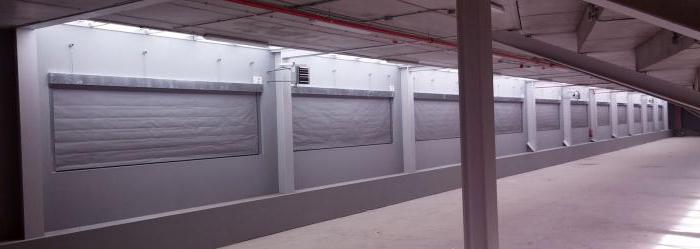
In addition, the situation during a fire worsens due to the fact that most structures are made of plastic and wood. In this regard, a complex fire hazard situation is created in the building, especially if the space limits the actions of special units.
Classification fire hazard in the compartments
Constructive fire hazard has 4 main classes. They are denoted by the letter "C" and are classified by numbers from 0 to 3. It all depends on the danger that the building causes fire. The highest class in terms of reliability is considered S-0. In such a compartment, the structure does not burn, does not melt and does not smoke. Fire resistance class C-1 is characterized by the presence of low-combustible substances, and the degree of danger here is average.
There are also 4 classes of fire hazard divisions, denoted by the letter "K" and numbers from 0 to 3. In this case, the safest, as in the case of constructive division, is K-0.
Design feature
In the rules SP-4.13130.2013 the basic requirements are presented regarding the design features and the demarcation of the building into fire compartments. This rule is presented in the document by a table, in the study of which you can understand how the correct division into fire compartments occurs.
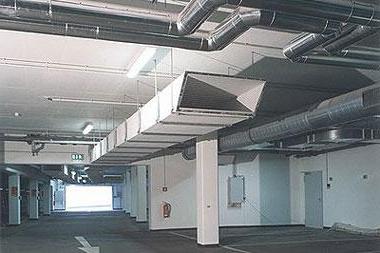
When determining the maximum distance between ceilings and walls in a compartment, the degree of fire resistance of buildings must be taken into account.
Fire resistance
Most often, the degree of fire resistance of a building is indicated by the letters R, I and E, as well as certain numbers. The letter R is the designation of the loss of bearing capacity, I is the loss of the ability to insulate, and E is the loss of integrity. The numbers next to the letter indicate time, in this case minutes.
For example, REI-150 suggests that one parameter can reach the limit in 150 minutes. Ceilings gradually lose their heat-insulating properties, are destroyed and cease to fulfill the fire function.
Compartment area
The fire compartment may consist of several rooms or rooms. In some cases, it may be just one building. When calculating the compartment area, the following data are important:
- building height and number of floors;
- fire alarm (presence or absence);
- minimal damage from fire;
- degree of stability of structural elements;
- danger to structures;
- for industrial premises category of fire or explosive situation
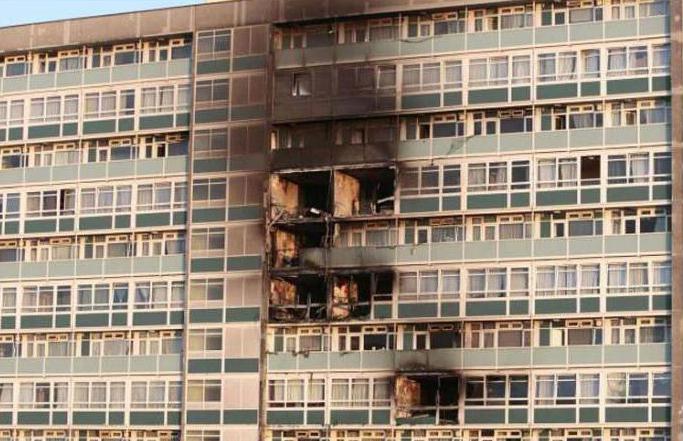
An important stage of the construction is the separation of storage facilities, as they often contain large quantities of flammable objects.
In order to avoid burning problems of these elements, the fire compartment is built of walls with expansion joints. Each production workshop or structure, located nearby, is separated by external walls. Such measures are necessary in case of unsafe arrangement of structures from each other. To do this, install fire walls with expansion joints. There is always ventilation in the fire compartment.
Each residential building, public or industrial building has a fire exit or an escape route for people. Partitions or walls are used to separate these paths. The fire resistance of the walls is also taken into account.
Allocation of territory for the fire compartment
To isolate the fire compartment, floors and walls of the first type are used. At a distance of 60 cm above the top of the roof, fire walls rise. A smaller indentation is also possible if low-combustible substances are present in the building.
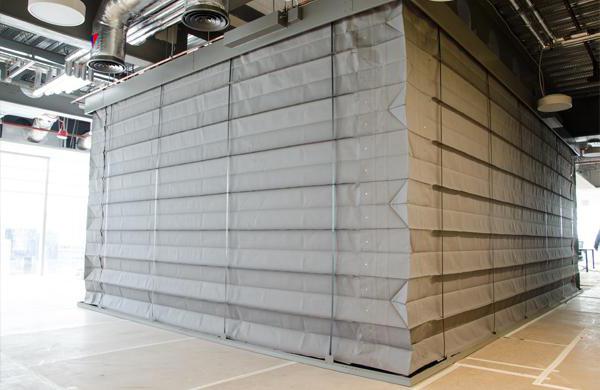
When determining the area of the fire compartment, it is important to consider the combustibility groups of materials. Non-combustible substances are designated NG; there are also combustible materials. The second group is indicated by the letter G and numbers from 1 to 4. The designation G-1 indicates the low combustibility of the material with the smallest degree of smoke. But G-4 is a highly combustible substance.
Compartments at the planning stage
At the stage of planning decisions, it is important to take into account the functionality of the building, the economic, structural and fire requirements for its operation. Planning decisions may vary depending on current trends in the construction industry. This may include:
- Dimensions of the building and nearby facilities.
- Separation of certain structures from each other, if they have a different purpose.
- Use of open areas or whatnots for storage of technological equipment.
- Multi-storey phonon-free buildings, as well as the lack of windows, lights, which complicate the fire situation and the evacuation of people.
- The construction of transformable structures, with the help of which a building or room can be quickly redeveloped.
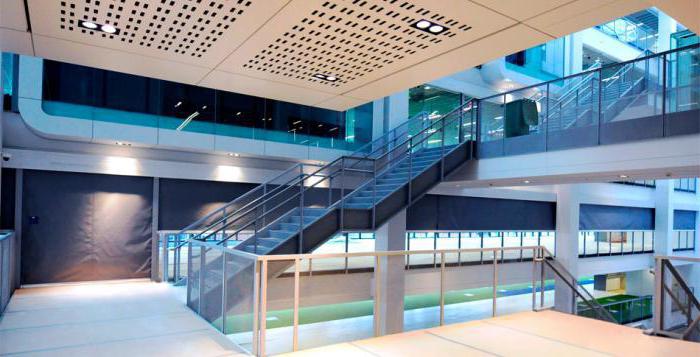
The construction industry always makes updated amendments to the requirements, it is necessary to be creative here, especially when it comes to fire protection of buildings. Internal planning is carried out taking into account the possibilities of limiting the development of a possible fire, as well as creating the conditions for the quick operation of rescue services. All this is possible only if the premises are divided into fire compartments, and sections are correctly placed on all floors.
Industrial premises and residential buildings
It is now clear what the degree of fire resistance of buildings is, but it is not clear what the maximum area of the compartment is. It is worth noting that the area of this room should not be larger than the area of floors, and this, taking into account the summation of the areas of openings located in the ceiling.
The walls of the first type used to divide the compartments are also called firewalls. This element can be made of bricks, concrete blocks, frames and panels made of non-combustible materials.
As mentioned above, there is a set of rules in which there are tables indicating the dimensions of the compartment area and the height of the building. For example, in a residential building with a high degree of fire resistance of the walls, the area of the fire compartment can reach 2.5 thousand square meters.
Fire barriers
To prevent the rapid spread of fire, fire barriers or obstacles are provided. These include ceilings, screens or walls. When installing obstacles, the material from which they are made, and the structure of the building are taken into account. This is the foundation and its quality, the composition of retaining elements, corners and fences.
The fire compartment consists of barriers that are equipped with openings.The area of the barrier can reach 25% of the total area of the compartment. These openings are filled with different materials with non-standardized degree of fire resistance. Sometimes you just need to consider this degree, then you can find information in the documentation.

If we talk about roofs with an attic, then there are no certain norms. In the construction of fire compartments, materials with any degree of fire resistance can be used. Even flammable and flammable materials are allowed, because they are not so important in the construction of the fire compartment itself.
In addition, the fire compartment can be located on a specially equipped technical floor. The walls of the compartment and the premises have the same height in most cases, and the degree of fire resistance of the building is of the first type. This allows you to limit the spread of fire.
According to statistics, fires are most often affected by multi-story buildings and residential buildings. The speed of smoke propagation through elevator openings and stairwells is rapid. Every resident of the house or a worker in the production hall must know the rules of conduct in case of fire, and, of course, have information about fire compartments.








